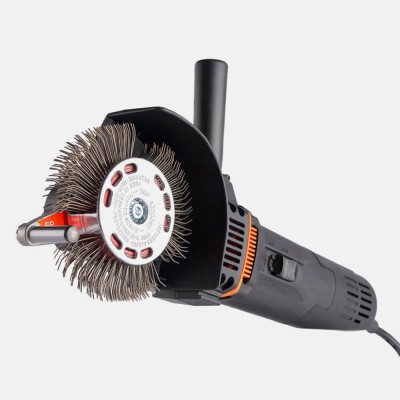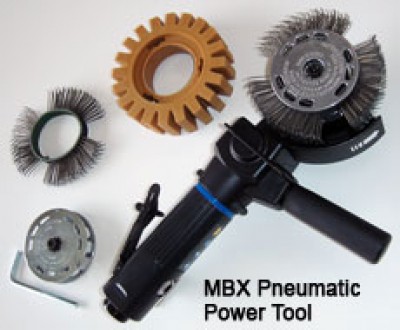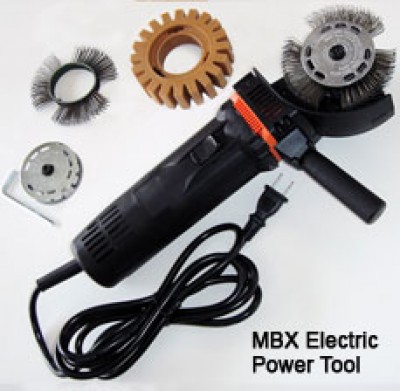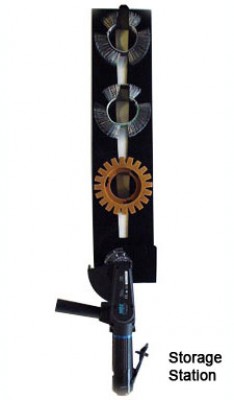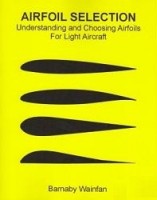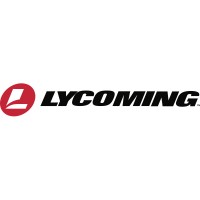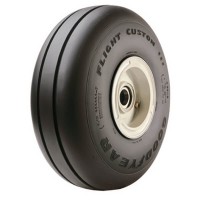Aircraft Spruce Canada
Brantford, ON Canada
Corona, CA | Peachtree City, GA
Chicago, IL | Wasilla, AK
Mbx Dust Intake Uszu-040
MFR Model# USZU-040
Overview
|
MBX Surface Treatment Systems Patented Technology: MBX Systems are different from conventional surface treatment systems in that MBX Systems are based on several physical principles. Flexible brush-belts are inserted loosely into a cage-like adaptor system and secured with safety arms. The centrifugal force created by rotation causes the brush-belt to tighten and work as if suspended on a cushion of air. Advantages:Vibration-free operation: The vibration of the wire bristles that occurs when the bristles strike the target surface is absorbed by the air-cushion. The bristles re-strike the target surface at rest (without vibration). This achieves the maximum kinetic energy. MBX brush-belt technology: MBX Belts consist of individual, U-shaped crimped wire bundles anchored in a polyamide fabric. Made of spring steel, the wires have hardened tips that strike the target surface individually during rotation. Advantages: High safety level: The U-shaped anchor points of the individual crimped bundles prevent wire bristles from being thrown clear. No heat development: Avoid toxic fumes and no smearing during the removal of sticky materials. No grinding: No removal of healthy material, no deformations. Flexibility: High degree of adaptability when working on contoured areas or areas with sharp edges.Optimal performance: Because of their design, each wire tip strikes the target surface twice per rotation.Long service life: Specially hardened wire tips with a hardness up to 68 HRC (Rockwell hardness) provide for a level of hardness never before achieved with conventional brush technology. MBX Pneumatic drive unit: Easy handling, lightweight - 1.1 kilograms, high torque, safe to use!Specially developed for the MBX brush-belt and MBX Vinyl Zapper systems. The high output rpm of the compressed-air turbine (21,000 rpm) is reduced to 3,500 rpm by means of a planetary gear and toothed belt; torque increases. This gives our MBX pneumatic drive units an optimised power profile. MBX brush-belts and MBX eraser wheels work as a direct extension to the drive shaft, i.e., there is no lateral centre of gravity and MBX drive units operate in-line. Work in hard-to-reach areas or in the removal of tough, thick, sticky materials (e.g. compounding materials, underbody corrosion) with optimal ventilation. MBX Pneumatic Power Tool Set 1 Pictured MBX Electric Power Tool MBX Accessories Adapter System Storage Station MBX Pneumatic Starter Sets For the removal of seam sealant, corrosion, paint, vinyl decals, glue on aluminum and alloy. SET 1 P/N 12-01394 MP-3500 - MBX Pneumatic Power Tool S (3500 rpm) with adapter system for 23mm belts/31mm rubber eraser. AA-0011 - Adapter for 11mm wire belts BS-M11X - V2A Wire Belt, Med., 11mm angled tips BS-F11 - V2A Brush Belt, Fine, 11mm RE-0023 - Rubber Eraser, 31mm SET 2 P/N 12-01395 vinyl decals, glue on aluminum and alloy. SET P/N 12-01396 ME-3200 - MBX Electric Power Tool A (3200 rpm) with adapter system for 23mm belts/31mm rubber eraser AA-0011 - Adapter for 11mm wire belts BS-M11X - V2A Wire Belt, Med., 11mm angled tips BS-F11 - V2A Brush Belt, Fine, 11mm RE-0023 - Rubber Eraser, 31mm MBX Accessories Adapter System P/N 12-01397 Made of high quality die cast aluminium, with safety elements for 11mm Wire Brush Belts. Adapter System P/N 12-01398 Made of high quality die cast aluminium, with safety elements for 23mm Brush Belts/31mm Rubber Eraser. Storage Station P/N 12-01399 For storage of up to 15 wire belts or 9 rubber erasers and one MBX Power Tool (machine, belts, erasers not included). Dust Intake P/N 12-01401 For MBX Pneumatic Power Tool (power tool not included). |
Q&A
Please note, Aircraft Spruce Canada's personnel are not certified aircraft mechanics and can only provide general support and ideas, which should not be relied upon or implemented in lieu of consulting an A&P or other qualified technician. Aircraft Spruce Canada assumes no responsibility or liability for any issue or problem which may arise from any repair, modification or other work done from this knowledge base. Any product eligibility information provided here is based on general application guides and we recommend always referring to your specific aircraft parts manual, the parts manufacturer or consulting with a qualified mechanic.

 Aircraft Spruce Canada
Aircraft Spruce Canada
